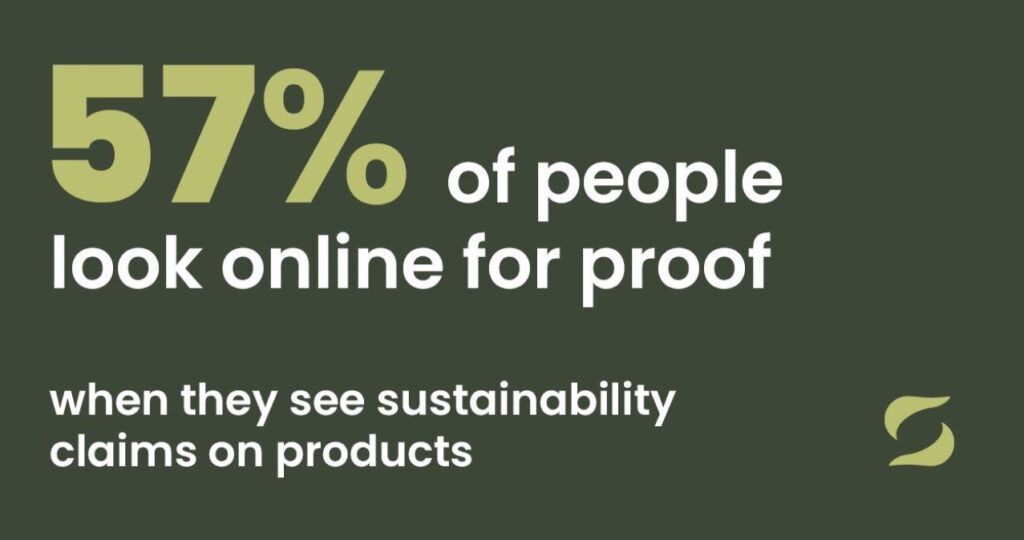Do You Research Environmental Credentials Before Buying? Here’s What We Learned
A Sustainability Journey
A Sustainability Journey
This article was contributed by Sustainability Tracker.
Sustainable shopping is becoming increasingly important to consumers across all age groups. But how do shoppers actually research and evaluate the environmental claims made by brands? We recently surveyed 200 Australians to find out..

One of the key findings is that 57% of people will look online for information about what environmental credentials mean before making a purchase. This is highest for those aged 36-54 at 65%.
Interestingly, while younger consumers aged 18-36 tend to research brands’ environmental and ethical standards online prior to buying, older consumers aged 54-66 rely more heavily on product packaging and labels for this information.
When asked to name sustainability labels from memory, the most commonly cited were FSC, Rainforest Alliance, and B Corp certification. However, a significant 37% of respondents couldn’t name a single eco-label, despite 96% considering themselves at least “pretty green” in their personal sustainability habits.
This suggests a strong need for brands to better educate consumers on the meaning behind different environmental certifications and logos. Some of the most popular labels consumers look for include:
Perceptions of brand transparency around sustainability are very mixed. Younger consumers under 36 tend to be the most trusting, with over half finding brands “somewhat transparent” or better. In contrast, many older consumers believe companies lack transparency about their product sourcing and manufacturing practices.
To build trust, brands should aim to be as open as possible about their eco-friendly practices, ethical sourcing methods, and product lifecycle information. Providing recycling tips and highlighting the use of sustainable materials can also help demonstrate a genuine commitment to sustainability.
With all the different environmental labels out there, it can be challenging for shoppers to understand what each one really means. That’s where Sustainability Tracker’s new Labels system comes in.
Simply scan a product barcode using the Sustainability Tracker App to instantly decode its sustainability certifications and get clear explanations of what each label signifies.
You can also view this information on participating brands’ Sustainability Tracker profiles. The easier brands make it for consumers to assess their green credentials, the more confidence shoppers will have in making truly sustainable purchases. By supporting shoppers with transparent, accessible information – both online and on product packaging – brands can turn the growing wave of eco-aware consumers into loyal customers.